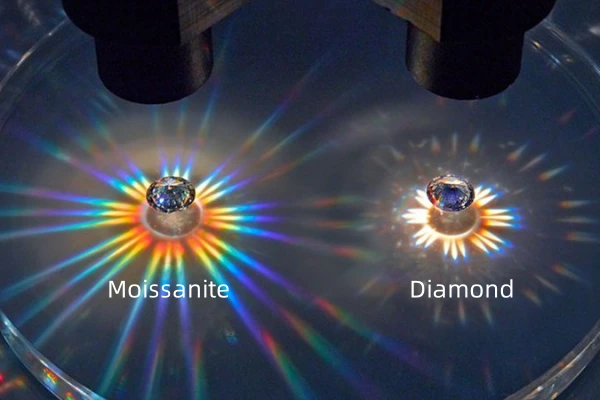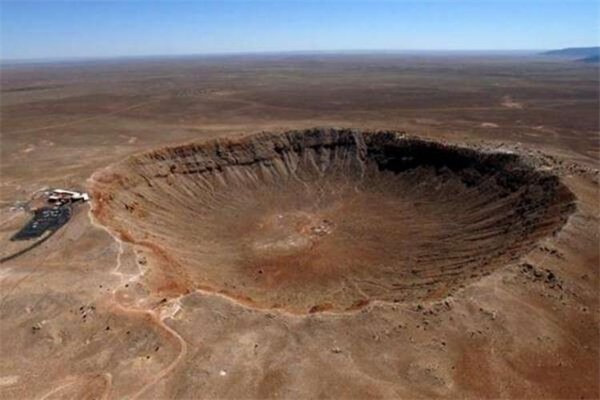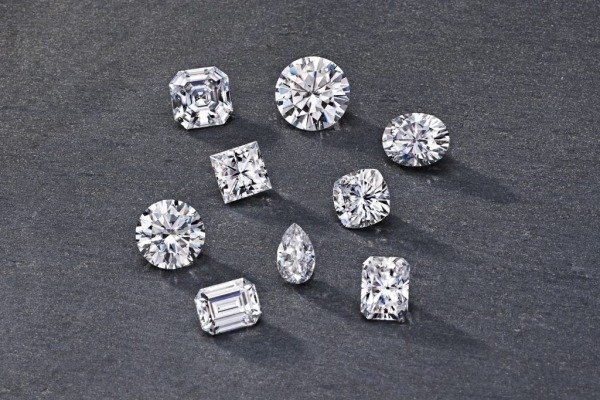Moissanite is a beautiful and fascinating gemstone that has gained popularity as an alternative to traditional diamonds. Its beauty and origins make it a unique and desirable choice for various jewelry pieces. Here’s a closer look at the beauty and origins of moissanite:
Beauty of Moissanite:
Brilliance and Sparkle:
Moissanite is known for its exceptional brilliance and sparkle. It has a higher refractive index than diamonds, which means it reflects light more effectively, resulting in a stunning play of colors and a radiant sparkle.
Fire
Moissanite displays a high dispersion of light, often referred to as “fire.” This property causes the gem to break down white light into its spectral colors, creating a beautiful and vibrant display of flashes and colors.

Hardness
Moissanite is one of the hardest known naturally occurring materials, scoring 9.25 on the Mohs scale of mineral hardness. This makes it highly durable and suitable for everyday wear, much like diamonds.
Color
Moissanite is typically near-colorless, similar to the highest-grade diamonds. It is available in a range of colors, from colorless to various shades of yellow and green. The most popular moissanite gems are colorless or near-colorless.
Origins of Moissanite:
Discovery
Moissanite was first discovered in 1893 by French scientist Henri Moissan in a meteorite crater in Canyon Diablo, Arizona. Initially, Moissan believed he had found diamonds, but further analysis revealed that the crystals were composed of silicon carbide (SiC), a compound made of silicon and carbon.

Natural Occurrence
While moissanite is extremely rare in its natural form, it can be found in small quantities in certain meteorites. However, it is not commonly used in jewelry due to its scarcity in nature.

Lab-Created Moissanite
The vast majority of moissanite used in jewelry today is created in laboratories. These lab-grown moissanite gemstones have the same chemical composition and physical properties as natural moissanite but can be produced in larger, gem-quality crystals. This sustainable and ethical alternative to mined diamonds has gained popularity as a budget-friendly and eco-friendly choice for engagement rings and other jewelry.

In summary, moissanite’s beauty lies in its exceptional brilliance, fire, and durability, making it an attractive option for jewelry. Its origins are linked to a rare natural occurrence in meteorites, but the majority of moissanite available today is lab-grown, offering a sustainable and ethical alternative to mined diamonds. Whether you’re considering moissanite for an engagement ring or other jewelry, it’s a captivating and responsible choice for those who appreciate its unique qualities.

